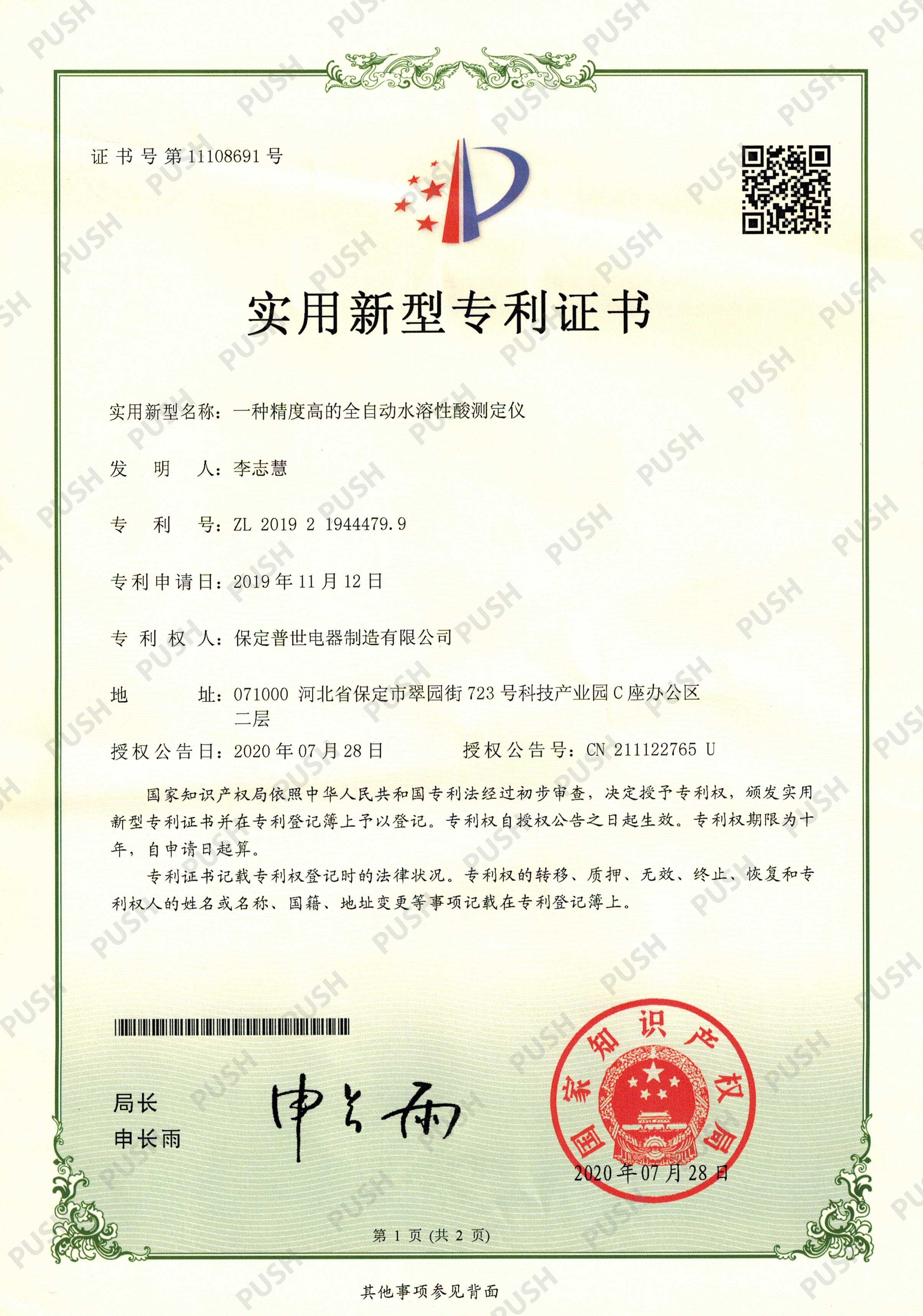 English
English


High Voltage Testing Methods for Electrical Equipment Reliability and Safety Assessment
Understanding High Pot Test in Electrical Engineering
High potential testing, commonly referred to as high pot testing, is a crucial procedure in the electrical engineering field that evaluates the insulation integrity of electrical devices. This testing method helps to ensure the safety and reliability of electrical equipment by identifying potential insulation failures that could lead to dielectric breakdown and resulting hazards.
What is High Pot Testing?
High pot testing involves applying a high voltage (typically several times greater than the normal operating voltage) between the electrical conductor and the ground or other conductive parts. The purpose is to detect any insulation weaknesses, punctures, or breakdowns. By applying this elevated voltage for a specified duration, engineers can simulate and stress-test the dielectric strength of the materials used in electrical devices.
Importance of High Pot Testing
The significance of high pot testing cannot be overstated. Firstly, it enhances safety. Electrical failures can cause severe accidents, leading to injuries or even fatalities. High pot testing acts as a preventive measure to identify and rectify insulation issues before the equipment is put to use.
Secondly, it contributes to the longevity of electrical devices. Poor insulation can lead to energy loss, equipment overheating, and ultimately, failure. By ensuring the insulation is intact, organizations can prolong the lifespan of their electrical systems and reduce maintenance costs. Furthermore, this testing can also help in meeting regulatory compliance. Various industries must adhere to strict safety standards; high pot testing is often a requirement to ensure compliance with these regulations.
High Pot Testing Procedure
high pot test electrical

The high pot testing procedure typically follows several standardized steps. First, the equipment under test (EUT) is isolated from any electrical supply sources. This safety measure helps prevent accidental shocks during testing. Next, a high voltage testing device, often referred to as a high pot tester, is connected to the EUT. The tester usually possesses adjustable voltage settings, allowing engineers to select the appropriate testing voltage based on the equipment's specifications.
Once set up, the tester gradually increases the voltage to the predetermined level and maintains it for a specified duration, usually between 1 to 60 seconds. During this time, any insulation failure will cause a leakage current to flow, which can be measured on the tester. Acceptable limits for leakage current usually depend on the type of device, but manufacturers often provide guidelines on expected values.
If the EUT does not exhibit any significant leakage current during the test duration, it passes the test. Conversely, a failure to meet the specified criteria indicates compromised insulation, warranting further investigation and remediation.
Considerations and Best Practices
While high pot testing is indispensable, it is crucial to approach it with caution. High voltages can be dangerous, and thus, only trained personnel should perform these tests. Moreover, not all components are suitable for high pot testing. For delicate electronics, alternative testing methods, such as insulation resistance testing, may be more appropriate.
It’s also important to adhere to manufacturer specifications and industry standards. Different electrical devices may have unique voltage requirements and testing durations, and failing to respect these guidelines can lead to equipment damage and inaccurate results.
Conclusion
High pot testing serves as a fundamental process in ensuring electrical safety and reliability. By proactively identifying insulation weaknesses, organizations can safeguard their operations, enhance equipment longevity, and ensure compliance with safety standards. As electrical engineering continues to evolve, the methodologies and tools associated with high pot testing will likely advance, further bolstering the integrity of electrical systems. For engineers, staying informed about best practices in high pot testing is essential for delivering safe and reliable electrical solutions.
-
Differences between open cup flash point tester and closed cup flash point testerNewsOct.31,2024
-
The Reliable Load Tap ChangerNewsOct.23,2024
-
The Essential Guide to Hipot TestersNewsOct.23,2024
-
The Digital Insulation TesterNewsOct.23,2024
-
The Best Earth Loop Impedance Tester for SaleNewsOct.23,2024
-
Tan Delta Tester--The Essential Tool for Electrical Insulation TestingNewsOct.23,2024





